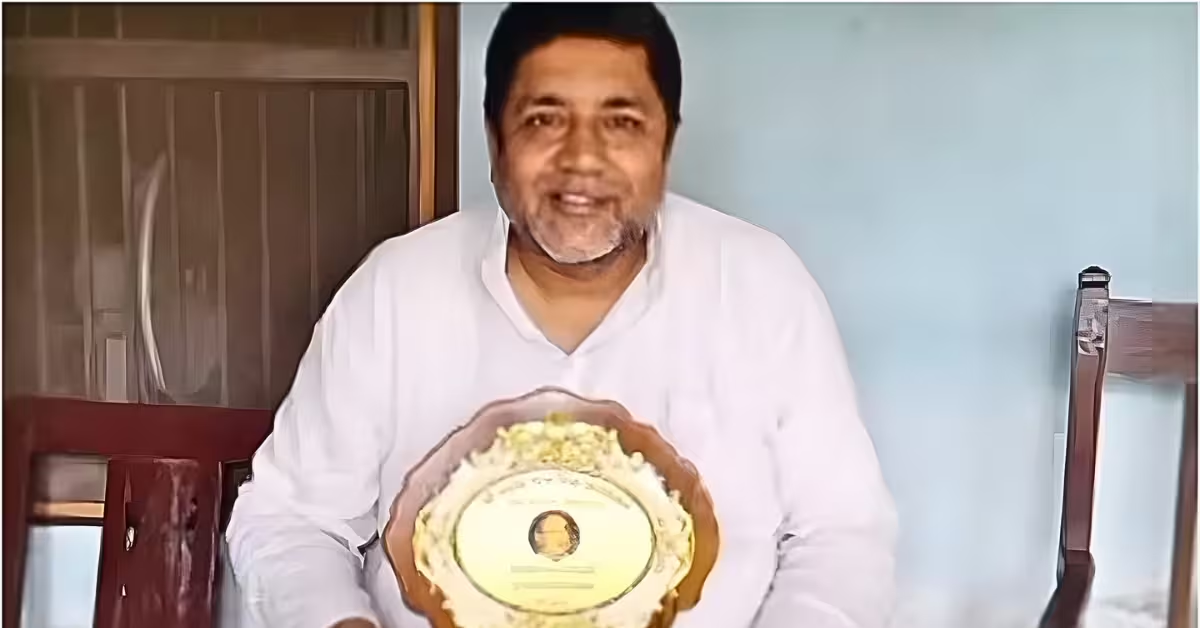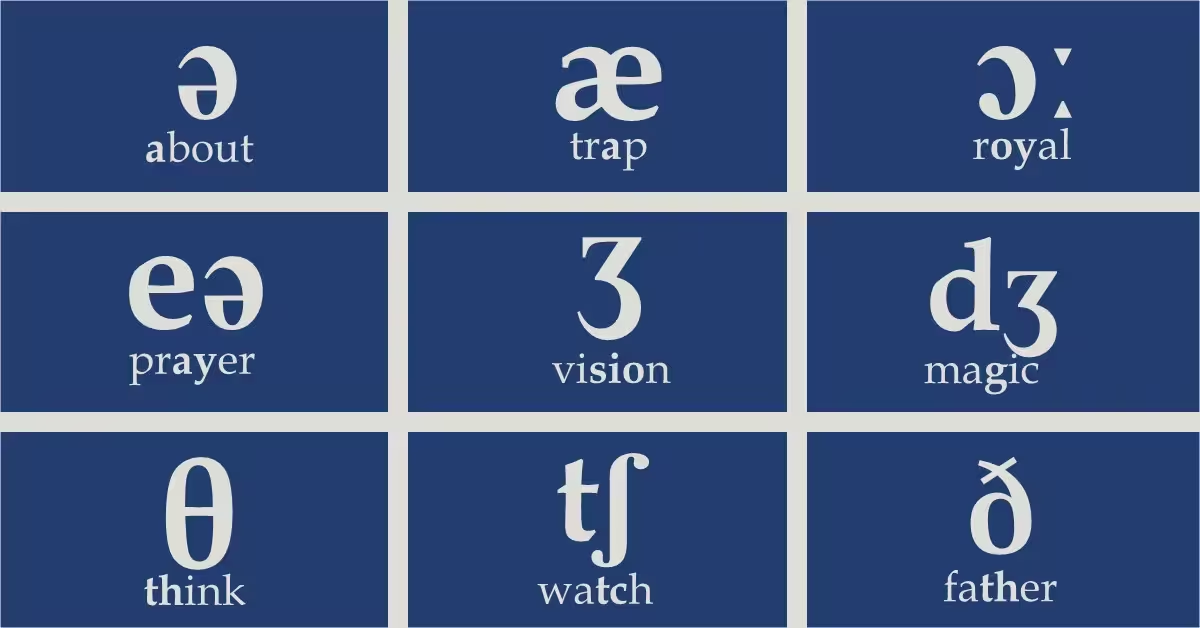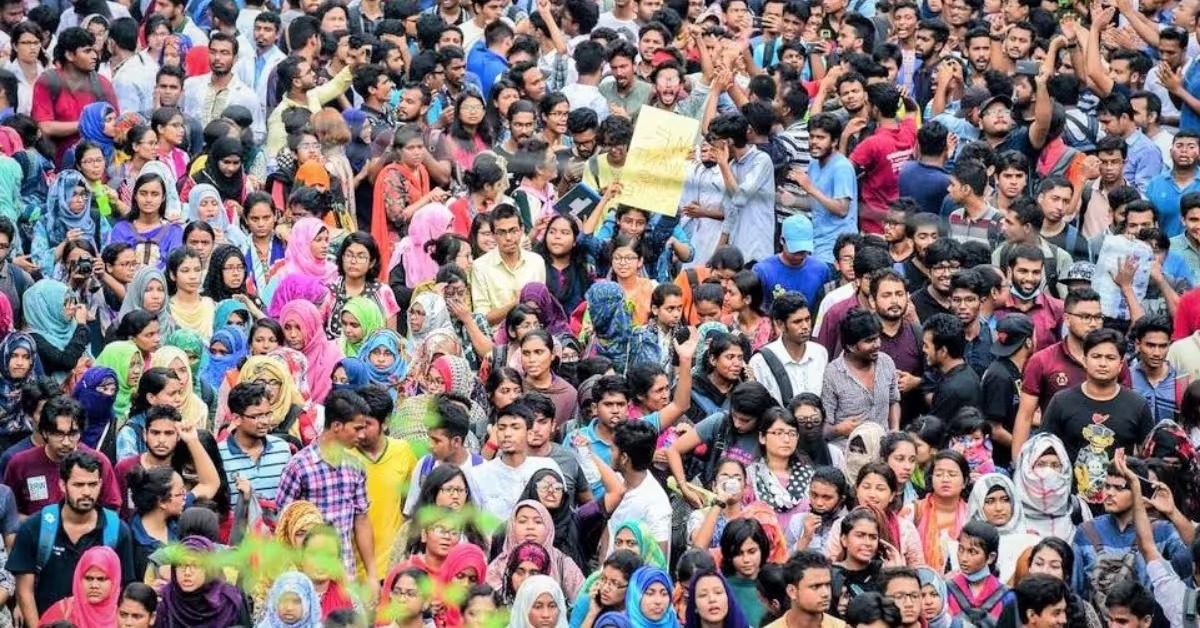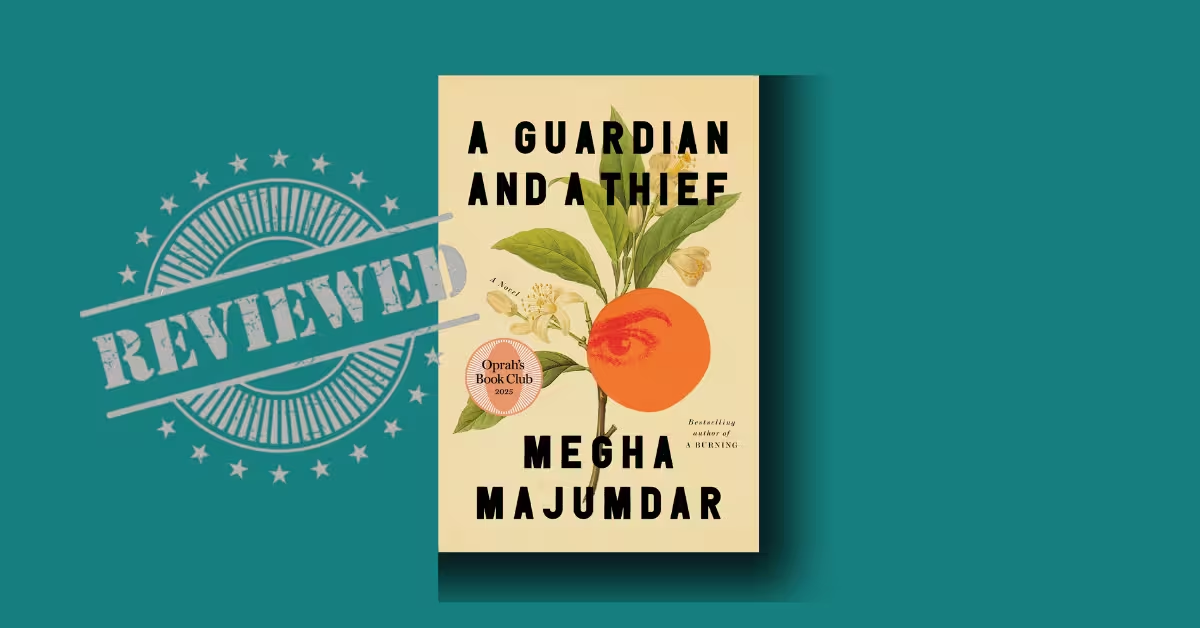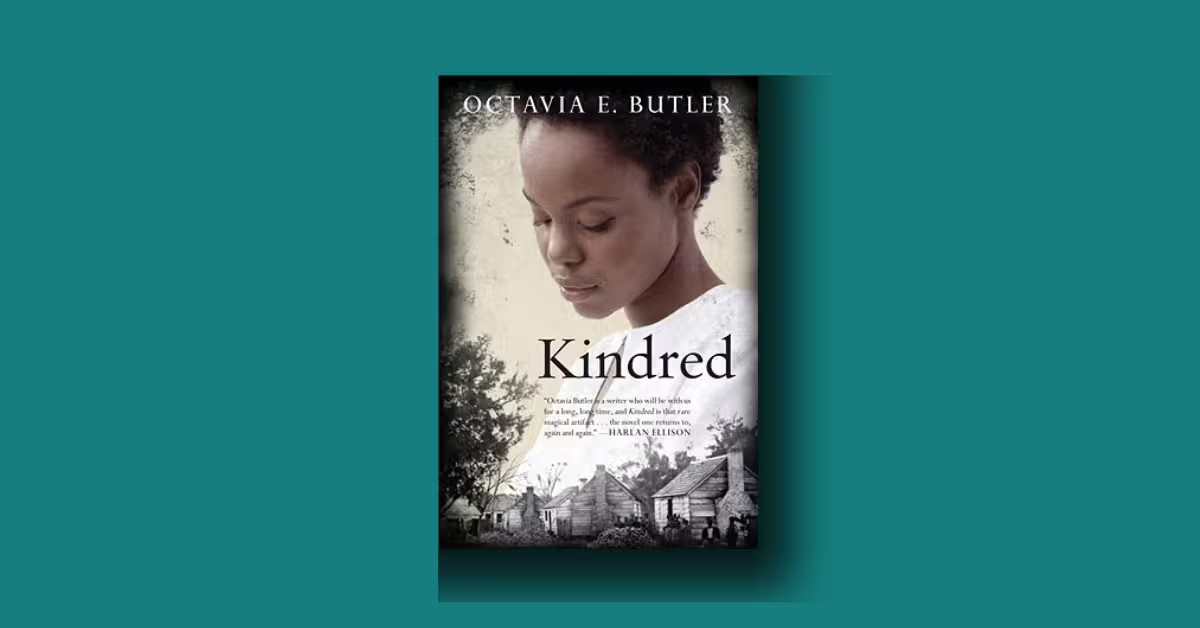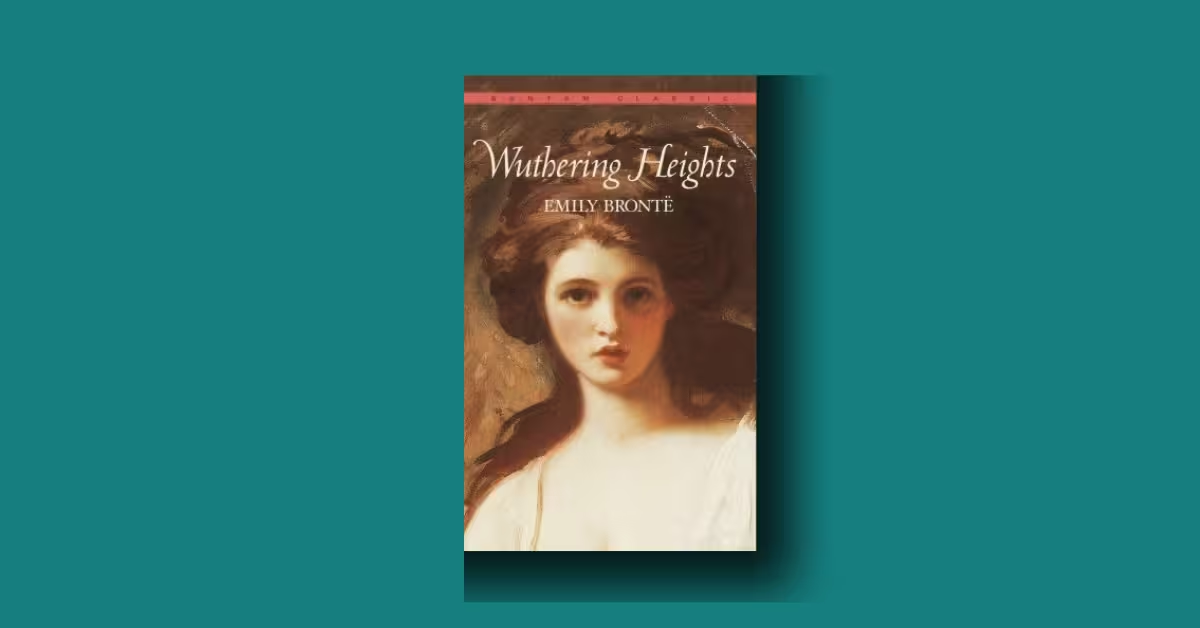Every now and then, a local story reminds us why books—quiet, old-school, paper books—still matter. In India’s Mithila region, a man named Amal Kumar Jha reportedly claims to have read around 35,000 books over 35 years. Media coverage says he checks out books from a library almost every day, has topped a village reading test four years in a row, and prefers reading in Maithili, Hindi, Bengali, and English, along with history and law.
The sheer number grabs headlines, but behind the number is something richer: a living reading culture, a village that celebrates book-lovers, and a library network tied to local heritage.
This article unpacks that story—who Jha is, where he’s from, how the library ecosystem works, and what the Maithili reading world looks like today. It also examines the plausibility of “35,000 books,” pointing to what can be verified, what needs caution, and what we can all learn from a community that turns reading into a public, shared ritual.
Table of Contents
The Man and the Claim: What the Reports Say
Coverage in News24 (updated June 25, 2024) profiles Amal Kumar Jha from Sarisab Pahi village in the Pandaul block of Madhubani, Bihar.
According to the report, Jha has been visiting a library daily for decades, says he has completed roughly 35,000 books, and has placed first in a local, annual reading test for four consecutive years.
He also told reporters he has read 105 books published by the Maharajadhiraja Kameshwar Singh Kalyani Foundation and favors titles such as Mithila Darpan, Mirror Tirhut, Bihar Darpan, and Bhagalpur Darpan.
The story drew broader pickup in regional media beyond Hindi and English—for instance, a Telugu outlet summarized the same key points: daily library visits, multi-language reading, and repeated wins in a local reading competition. That cross-language interest is notable in itself: it shows how a reading-first narrative can resonate nationally.
Where This Story Comes From: Sarisab Pahi and the Mithila Context
Sarisab (Sarisav) Pahi is a village in the Madhubani district of the Mithila region, a cultural zone spanning parts of present-day Bihar and Nepal.
The village’s local language is Maithili, and it carries a reputation—at least in local lore and public sources—as a center of Sanskrit and Vedic learning. That scholarly tint matters: you can better understand a voracious reader when you see the soil that grew him.
Beyond reading, Mithila is famous globally for Madhubani (Mithila) painting, which has become a cultural ambassador for the region—appearing in museums, craft associations, exhibitions, and even textiles.
This art tradition, with themes rooted in epics like the Ramayana and rendered with fingers, twigs, or brushes, represents the same idea that animates Jha’s story: heritage is not a relic here; it’s lived.
The Library Hub: Maharajadhiraja Kameshwar Singh Kalyani Foundation
A crucial detail in the News24 profile is Jha’s reference to books published by the Maharajadhiraja Kameshwar Singh Kalyani Foundation. The foundation describes itself as a public trust founded on March 16, 1989, with a “vintage library” that houses more than 15,000 books and a heritage-preservation mission.
That gives our story a verifiable institutional anchor: the foundation exists, it publishes, and it maintains a notable collection that a serious reader could work through over time.
This foundation also connects to the legacy of Maharaja Kameshwar Singh of Darbhanga, a towering figure in the region’s cultural and educational history. Public records note that a trust in his memory—the Kalyani Foundation—was established in 1989 to advance charitable and cultural aims, tying Jha’s day-to-day reading practice to a longer institutional arc of learning in Mithila.
Addresses and directory listings further place the foundation at Kalyani Niwas, LNMU Campus, Kameshwar Nagar, Darbhanga, reinforcing that this is a real, accessible local hub for readers, researchers, and citizens.
How Plausible Is “35,000” Books?
Let’s do the math. 35,000 books over 35 years averages to 1,000 books per year, or roughly 2.7 books per day without breaks. On its face, that’s startling. But the plausibility depends on variables:
- Length and density of the materials: “Books” can range from short monographs and pamphlets to large tomes.
- Reading style: Skilled readers often mix deep reading with scanning, skimming, and selective reference—especially when reading history, law, or serial publications.
- Format and categorization: Annual almanacs, local histories, and regional “darpan/mirror” compilations might be relatively compact and lend themselves to fast completion.
- Daily routine: A high-discipline routine—library visits, limited distractions, and few missed days—could push the numbers up.
What we can say with confidence: the daily reading habit, the four annual wins in the village test, the multi-language scope, and the Kalyani Foundation books are all reported by a named media source.
What we cannot independently verify from public sources is the exact personal log of 35,000 titles—that would require access to library issue registers, personal notebooks, or competition records. So consider the number an ambitious personal claim, backed by indicators of genuine reading discipline.
The inspiring bit is real; the exact count deserves healthy skepticism and, ideally, documentation.
A Village That Tests Reading—And Celebrates It
According to reporting, Sarisab Pahi runs a unique annual reading test. Anyone who has read from the library throughout the year sits for an exam; Jha has topped it for four straight years, which the village recognizes publicly.
That framing flips the typical literacy narrative: instead of treating reading as a private habit, the community makes it visible, trackable, and worthy of celebration. It’s the opposite of performative social media; it’s a quiet, shared, analog ritual.
This is smart “social design.” When reading is celebrated publicly, it becomes aspirational. It turns a solitary act into a local movement, something schools can plug into and families can support. If more small towns did this, we might discover dozens of “Amal Jhas” we’ve never heard of.
What Does Maithili Reading Look Like Today?
If this story has awakened your curiosity about Maithili literature, you’ll be pleased to know that access is getting easier. Digital repositories such as the Internet Archive host Maithili collections—both curated bundles and growing community uploads—so readers worldwide can sample classics, poetry, stories, and scholarship without hunting for out-of-print editions.
That digital opening complements the physical ecosystem of district libraries, university archives, and trusts like the Kalyani Foundation. Together they create an on-ramp for the next generation: a student in Delhi or Dhaka can browse Maithili titles online, then plan a research trip to Darbhanga or Madhubani to consult rarer materials in person.
Madhubani (Mithila) Painting: A Cultural Sibling to the Reading Habit
Why talk about Madhubani painting in a story about a reader? Because both are expressions of cultural continuity. The painting tradition has gained international recognition, with museums (even in Japan) exhibiting large collections and craft associations supporting artists across decades. When a region sustains one heritage form so visibly, it often sustains others—like an unusually robust reading and scholarship culture.
Even in popular press today, you’ll spot Madhubani referenced as a living craft adapted for textiles and contemporary decor: another sign that Mithila’s heritage isn’t static but adapts, innovates, and stays relevant. That openness to reinvention makes it easier for libraries, archives, and reading clubs to flourish alongside.
Practical Takeaways: Building Your Own “Amal Jha” Reading Routine
Whether or not you aim for “35,000,” you can borrow the structure behind Jha’s habit:
- Make the library your daily anchor. The News24 reporting repeatedly ties Jha’s reading to daily library visits. Even one or two fixed “library days” per week build momentum.
- Read across languages and genres. Mixing Maithili, Hindi, Bengali, English; literature, history, law—prevents burnout and expands your map of ideas.
- Join or start a community reading test/club. The Sarisab Pahi model turns reading into a shared civic event—fun, measurable, and motivating.
- Keep a transparent reading log. Track title, author, pages, key ideas, quotes, rating. Over time, the log becomes your personal knowledge graph.
- Blend print with digital. Use Internet Archive collections for Maithili material you can’t find locally—and use the library for depth and serendipity.
FAQ
1) Did Amal Kumar Jha really read 35,000 books?
A media profile says he claims about 35,000 over 35 years, backed by details of daily library visits, multi-language reading, and four straight wins in a local reading test. The habit and local recognition are reported; the precise total would require personal or library logs for verification. Treat the figure as an impressive personal claim anchored in a documented reading culture.
2) Where exactly is Sarisab Pahi and why is it significant?
It’s a village in Madhubani district (Mithila region) and is noted in public sources for its association with Sanskrit and Vedic learning—a place where scholarship is part of local identity.
3) What is the Kalyani Foundation, and why does it matter here?
The Maharajadhiraja Kameshwar Singh Kalyani Foundation is a public trust founded on March 16, 1989, with a vintage library of 15,000+ books and a heritage-preservation mission. Jha says he has read 105 of its publications, linking his personal habit to an institutional node in Mithila’s knowledge ecosystem.
4) How can I start reading Maithili literature if I don’t live in Bihar?
Browse digital repositories like the Internet Archive for Maithili collections—great for discovery, sampling classics, and building a starter shelf before you seek print editions.
5) Why is Madhubani painting mentioned in a reading story?
Because both are living cultural practices in Mithila. The painting tradition’s global visibility (museums, associations, textiles) mirrors the region’s capacity to sustain heritage, the same spirit that fuels community reading and libraries.
A Balanced Take: Inspiration First, Verification Next
It’s reasonable to be skeptical of any life-total that rounds to a neat “1,000 books a year.” But be careful not to miss the forest for the trees. The verifiable parts of this story—daily library use, cross-language reading, community testing, and a heritage-backed library network—are already extraordinary in an era of short-form scrolling.
If the exact number is ever documented through public reading logs and issue registers, so much the better. Until then, the model is the message: read widely, read daily, and read together.
Action Plan: If You Want to Recreate the Sarisab Pahi Effect
- Start a village/town “Reading Year” with an end-of-year test. Work with a local library or school to design an inclusive exam (multiple difficulty tiers, junior and senior tracks). Publish results publicly and celebrate top readers of all ages—exactly what Sarisab Pahi has reportedly done.
- Partner with a heritage trust or university library. If you’re in or near Mithila, the Kalyani Foundation is a natural partner model. Elsewhere, look for trusts with publication programs and archives.
- Create a “Maithili Shelf” online and offline. Build a local core collection, and complement it with public-domain Maithili titles online so readers can explore from anywhere.
- Use culture to pull in new readers. Host a Madhubani painting demo at the library or an exhibition of art books. Pair craft with reading lists on Mithila history and folklore.
- Measure what matters (and publish it). Even if you don’t chase a raw book count, track number of library visits, hours read, genres explored, and languages tried. Post leaderboards quarterly. Make reading a civic scoreboard, not just a private pastime.
Conclusion
Whether the lifetime total is 30,000, 35,000, or some other high figure, Amal Kumar Jha’s story is a lens on something bigger: a village in Mithila that publicly honors reading, a heritage trust that keeps books circulating, and a multilingual habit that refuses to shrink the world to one feed or one language.
You don’t need to match his daily pace to catch the spirit. Start where you are: find a library (or build one), pick up a Maithili classic online, plug into a local club, and put a date in your calendar for an end-of-year community reading test.
Related
